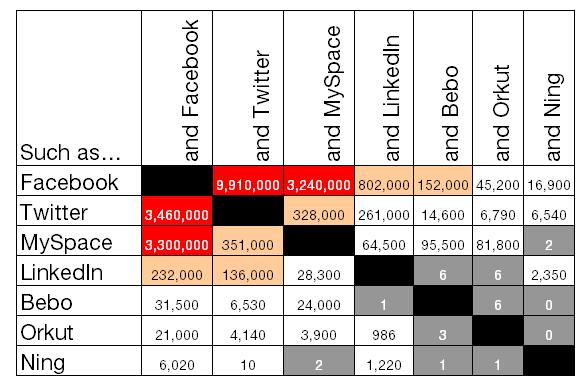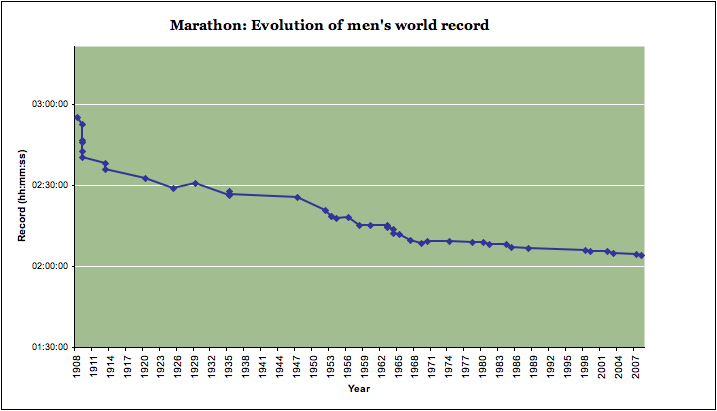In a good but not great Wimbledon final, Novak Dkokovic beat Rafael Nadal today. I was supporting Nadal (actually I am quite a big Nadal fan). So I did what you might call an “emotional hedge” and put a bet on Djokovic to win.
Some people see this as heresy. I’m not sure why. For no moment did I stop supporting Nadal. But after the match had finished, I thought – hey ho, cheer up, you made a few bob.
So my mood was altered. Here’s the e-ticket from BlueSquare:
| Selection 1 |
Novak Djokovic @ 5/4 To Win – Win |
| Market |
Match Winner |
| Event |
Wimbledon
Rafael Nadal v Novak Djokovic
14:05 03/07/2011 |
| Bet Type |
Single |
| Unit Stake |
£40.00 |
| Returns |
£90.00 |
Very nice. Not bad odds either, for a 2-horse race, where the outsider had only lost one match all year. So a £50 return improved my mood. Not a fortune, but a decent sum for a small wager.
And then I thought – what about Nadal? Is he happy? I doubt it. He has lost the title, and the number one ranking to Djokovic. I’m sure he’s not having a crisis, but he certainly won’t be happy. Yet he’s just earned £550,000 today as runner up.
That’s 11 thousand times my winnings today. He’s definitely not 11,000 times happier than me, that’s for sure. Yes, it’s all relative. But I think Nadal would be unhappy today if he got £2 million of even £20 million. His game is now measured in titles, not money. He’s already earned over $41m in prize money alone, let alone sponsorship, so he’s set for life.
Which leads me to two thoughts. Money doesn’t make us happy – we all knew that really, so let’s move on to… why are sportspeople paid so much? And so much more than inflation? Nadal as runner up has just won more money than Lleyton Hewitt did in 2002 – less than 10 years ago. (Hewitt got £525,000 for winning, Djokovic just got £1.1m today).
Wimbledon has increased prize money this year by 10 per cent for most stages of the tournament (including winner and runner up), and by 8.5 per cent overall. This is much higher than inflation. Why do they need to do it?
Is there a prize money race with other events? Does prize money equal prestige? Hardly. Other tournaments offer a lot, but you would have thought the grand slams – which have a joint committee – would conspire not to push up prize money too high.
It also seems horribly similar to the corporate world, where CEO pay is many multiples of average workers. The winner earns eight times a losing quarter-finalist. I see the logic in halving the money as you go down the field, but a quarter-finalist has won four matches, compared to the winner’s seven – more than half the entertainment and effort for 1/8th of the money.
Is this fair? No. Would the winner be happy with a fraction of the winnings? Yes, I’m sure. So why don’t we change? Why isn’t the money more evenly spread around. It would be interesting to see which players kicked up a fuss.
But then again, I’m quietly chuffed with my £50 winnings. It’s funny what a little money can do.





